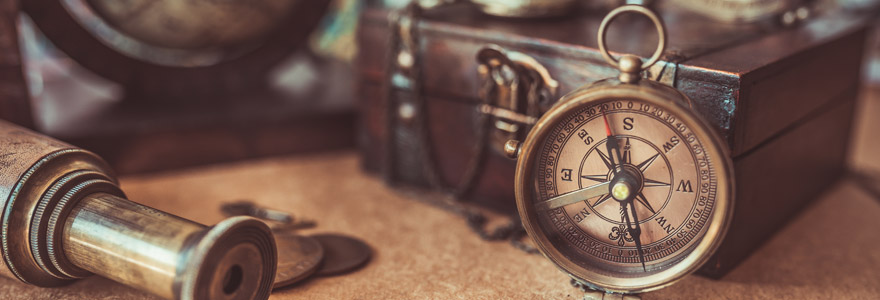
It is interesting to be able to identify antique clocks. Old clocks are held with high prestige and are a valuable souvenir to many. Collectors are always on the lookout for all types of old clocks. They are in various sizes, styles, and designs. These collectors are interested in different specifications of the antique clocks that are available in shops such as lapendulerie.com. The shop provides legitimate old clocks that are not a reproduction or marriage.
It is why it is essential to know how to identify these antique clocks. There are plenty of resources that you can use to assist you with identifying any of these clocks. These range from unique antique mantel clocks to various vintage wall clocks. In this article, readers learn of the various ways and processes in identifying their old clocks.
The maker's name in identifying the clock
Individuals and companies that make clocks use several designs and styles over the years. This applies to clockmakers from over the world, in Europe, America, Asia, and South America. Even with the different designs, there are several details to look out for to identify the clock. Amongst these is the name of the company that made the clock.
More often, the name of the clock piece appears on the timepiece. You can find it as follows:-
- Engraved close to the middle of the dial
- Engraved around the face of the dial with the bezel covering it
- Engraved on the backplate of the clock movement
- A label stuck on the back of the clock
- A label inside the clock case
At times, the name that appears on the clock is not necessarily that of the manufacturer. It could be that of the retailer. Some only have initials or trademarks of the manufacturer. Once you identify the manufacturer of the clock, you can know when the clock was made.
Identifying the type of clock
There are several types of old clocks. The most common include:-
- Vintage wall clocks
- Antique Mantel clocks
- Desk clocks
Once you establish the type of clock and compare it to a clock manufacturer, you can identify it and its authenticity.
Clue items on the clock
There are other items on the clock that can assist in knowing more about the clock. These include the following:-
- The type of clock glass
- The type of stenciling on the clock
- The hand style
- The fasteners of the clock
- The material of the dial: The dial's material could be ceramic, wood, paper, or tin.
- The type of strike movement:- The strike movement could be a bell, chime, rod or gong.
- The serial number: This may be found inside the back panel of the clock.
- The patent number.
All the items above should have the manufacturer's name and the dates of manufacture. This assists you in identifying the clock. For example, Clock manufacturers started to use plywood on clocks after 1905. Additionally, Antique wall regulator clocks were made after the late 18th century. This helps in dating the manufacturing period of the clock.
Resources to Use in Identification
Particular resources are reliable in identifying antique wall clocks before purchase. They include:-
- Old Clocks and Watches and their Makers by F. J. Britten
- Watchmakers and Clockmakers of the World by G. H. Baille
- Chronometer Makers of the World by T. Mercer.
- Dictionary of American Clock and Watch Makers by Kenneth A. Sposato
- The Clock and Watch Trademark Index - European Origin: Austria - England - France - Germany - Switzerland by Karl Kochmann
There are several books about vintage wall clocks in the market. You should get to access these books as it is crucial in identifying a clock. They contain information on several trademarks, symbols, and trade names by which clockmakers identified themselves. The Clock and Watch Trademark Index stands out as the most comprehensive book with this information.
Other valuable resources include the following institutions:
- The International Society of Appraisers:- It provides listings of appraisers that specialize in clocks
- The National Association of Watch and Clock Collectors.